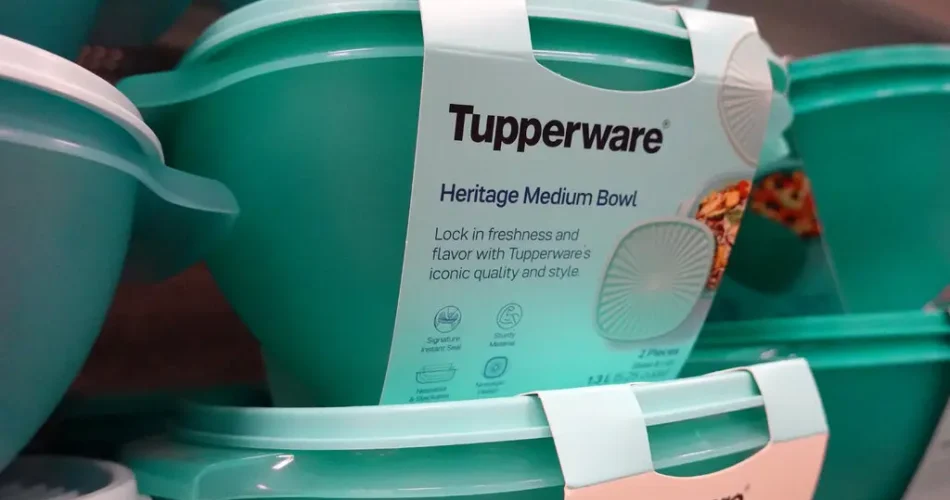The once-powerful cookware company has been struggling financially for years. It said the direct sales model that fueled its success has become a weak spot.
Tupperware Brands, whose name became synonymous with plastic food containers in kitchens across the United States, filed for bankruptcy protection Tuesday after struggling for years with declining sales and rising competition.
The Tupperware brand was introduced in the 1940s by chemist Earl Tupper, who developed a clean, durable plastic to create airtight containers. They came to be sold around the world, fueled by a direct sales campaign called “Tupperware parties.”
But the strengths of that model became “weaknesses,” the company said in its bankruptcy filing, and indicated that it had failed to develop a diversified sales strategy, including for online shoppers. It also blamed the “difficult macroeconomic environment” of recent years.
“In stark contrast to the company’s early days, almost everyone now knows what Tupperware is, but fewer people know where to find it,” Brian Fox, Tupperware’s chief restructuring officer, wrote in the filing. Only in 2022 did the company open a store on Amazon and start selling at Target, he added.
Tupperware said it would seek court approval to facilitate a sale and continue operating during the bankruptcy case, which was filed in Delaware. In the filings, Tupperware, along with some subsidiaries, said it had assets of about $680 million and debts of $1.2 billion.
The Orlando, Florida-based company had raised questions about its financial health for several years. It said in a recent regulatory filing that it had begun to face financial headwinds and declining sales in 2019. It cited COVID-19 confinements in China, war in Ukraine, global supply chain disruptions and rising prices for resin, a primary raw material.
Tupperware said in June that it was closing its only remaining U.S. manufacturing plant, located in South Carolina, and would lay off 148 employees there by January.
In its bankruptcy filing, Tupperware said it had about 5500 employees in 41 countries and more than 460,000 consultants worldwide who sell its products as independents.

